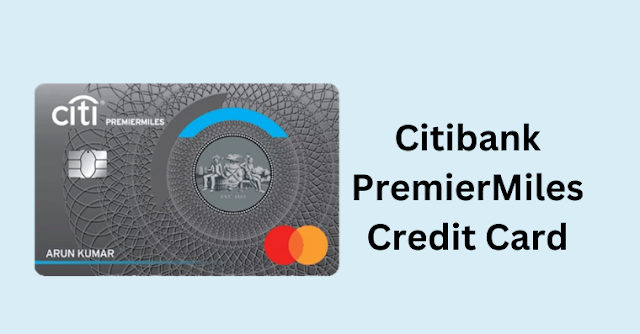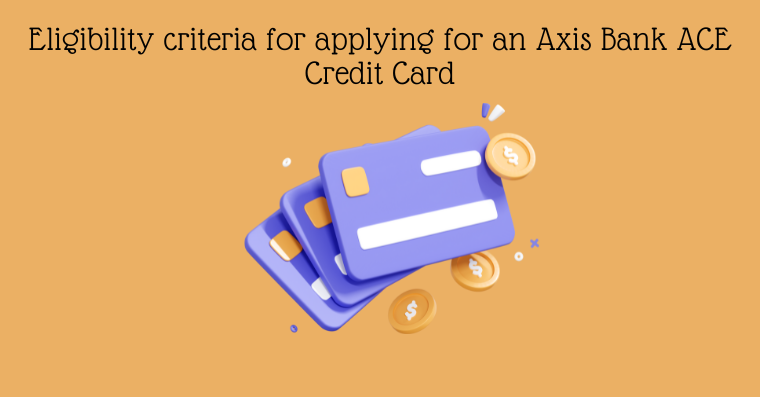What Is A Credit Card And How Does It Work?
When it comes to making a purchase or paying a bill, credit cards may provide both ease and the opportunity to save money if you earn back some of what you invest in rewards. At the same time, credit cards may be used to improve credit history through good financial practices. Thus, if you’re new to using credit cards then there are a few things you should know about credit cards.
What is a Credit Card?
A Credit Card is a physical card that can be utilized to buy things, pay payments, or withdraw cash depending on the card. It can also be thought of as a short-term loan.
When you create a credit card account, your credit card provider sets a credit limit for you. This is just the amount of money you are allowed to spend or pay bills with on your credit card. As you purchase things with the card, your available credit decreases. Then you have to repay the amount that you have spent from your credit limit to your credit card provider.
Note: Credit cards are classified as either protected or unprotected. A cash deposit is required to establish a secured credit card, which usually doubles as your credit limit.
How does Credit Card work?
Credit Cards can be used to pay bills as well as buy goods offline or online. Your credit card information is sent to the merchant’s bank when you pay with it. The credit card network then gives the bank permission to proceed with the transaction. The card company will next need to check your details and decide whether to allow or reject the transaction.
If the transaction is accepted, the money is given to the shopkeeper and the amount of the transaction is deducted from the available credit on your card. Then your card issuer will give you a statement at the end of your billing cycle that includes all of the transactions for that month, your prior balance, the new amount, the minimum payment due, and the due date.
How do Credit Card Transactions Work?
Now that you are familiar with the primary function of a credit card, you should be aware of what occurs when you swipe a credit card at a POS (Point of Sale) machine. To do this, you must first be familiar with the participants in the process.
Merchant- The shopkeeper or merchant is the person from whom the purchase is made.
Acquirer Bank- The merchant’s bank is the acquirer bank.
Network- This network aids in the transaction’s facilitation. The basic ones are Mastercard or Visa.
Issuer Bank- It is the bank or financial institution that will give you a credit card.
Let us examine what occurs when the card is swiped at a retailer. We have broken down the entire procedure into four crucial steps:
Conclusion
Credit cards may be useful when used wisely to build credit, gain incentives, receive 0% interest financing, or pay off high-interest debt. But to maximize the benefits, only use your credit card on expenditures you might make anyway, and pay your bill in complete and on time each month. Also, remember that paying your payment in full each month is the greatest approach to prevent interest costs and developing a soild credit score.
Read More: An Important Checklist To Add You In Choosing A Credit Card




Comments
Post a Comment